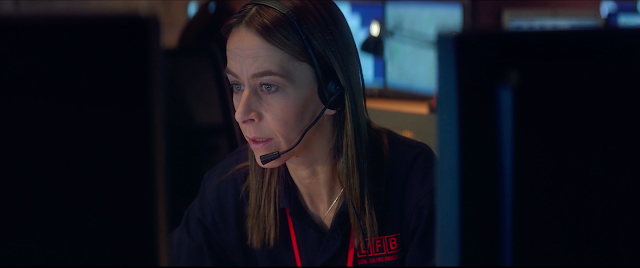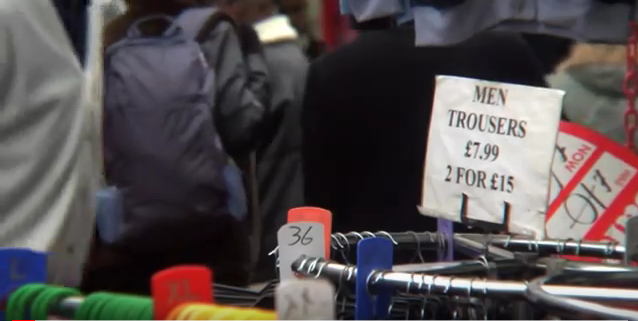Echo (2011) Analysis

Echo is a 17 minute short directed by Lewis Arnold. It's a drama about a girl who uses quite an elaborate technique to con people for money in a busy city centre. For this short I want to focus on performance and narrative. I really liked the concept of the film, and how the title helped the audience to understand the story. The performance of the main character is very good, as in the opening scene we are lead to believe that what is going on is really happening - her dad has got into an accident and she needs money for a cab to go the hospital. Her acting and crying make this scene believable, and it cons both the audience and the people who give her money for a taxi into thinking this scene is real. We find out later that the Dad had actually died in an accident, but several years ago. When we see the main character repeat this con twice again we realise that this scene she play out must have actually happened when her dad got in an accident and died several years ago, and st...




